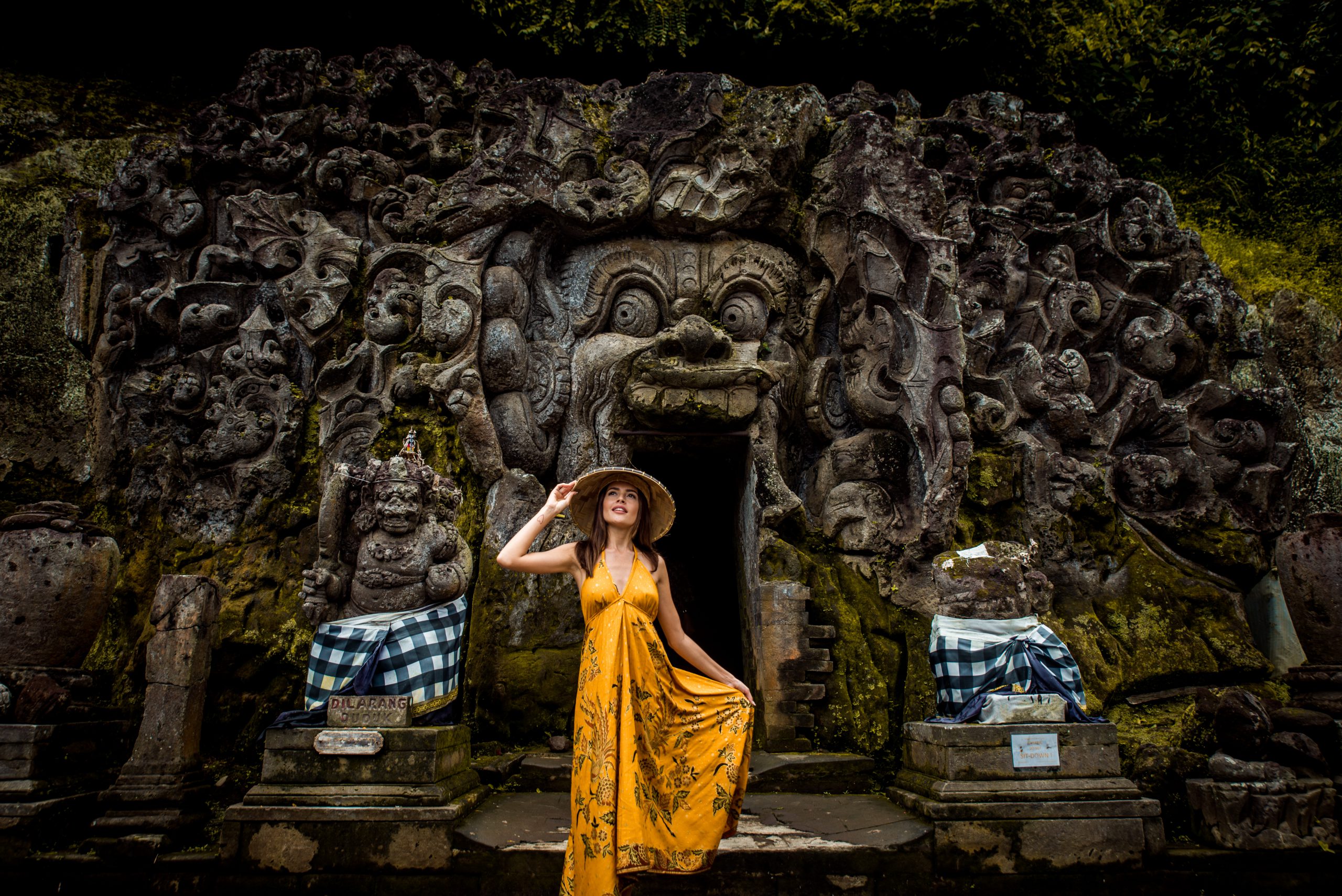
Clocking in at just 64 minutes, “Bravo, Burkina!” is one of the shortest features to have premiered at Sundance this year, displayed as part of the NEXT category. That runtime is more of a sign of the film’s poignancy, as writer/director Walé Oyéjidé’s enrapturing feature debut offers a succinct meditation on time, identity, and the people who inspire us to look within ourselves. The movie owes a great deal to the later films of Terrence Malick in particular, but in some ways it also beats the revered director at his own game.
Shot by Jake Saner, this is a movie that constantly flows—its handheld camera is always walking into its compelling framings or flying around its characters. The shots are lengthy, but each cut moves the story along. This helps “Bravo, Burkina!” have a preternatural touch with time, as it depicts a boy named Aimé (played young by Alaian Tiendrebeogo) living in a Burkinabe village. Oyéjidé’s camera runs with him as he flies a kite, and shows his point-of-view as he sits on a wall and sees a man come back to the village with Italian clothes on, creating a dreaminess. The cows go missing, and his father tells him he should have taken care of the cows. Aimé runs away.
“Bravo, Burkina!” jumps forward in time, with an older Aimé pulling himself out of a water fountain (one of the movie’s many effective but practical transitions). Aimé now lives in Italy, working with lamps and leather. Played here by Mousty Mbaye, Aimé meets a woman named Asma (Aissata Deme) who captivates him. The two quickly become bonded. They walk in between columns in Italian architecture and share an otherworldly connection that’s not meant to last. Their chemistry is balletic, achieving just enough sense of character and mystery for the film to lead into a third act of longing and reflection.
The multi-hyphenate Oyéjidé has a background in fashion design, an element that shines through the fabric color of the clothes for his limited characters—sometimes Aimé covers his regally-poised body in the art of a famous painting. With such flourishes, “Bravo, Burkina!” maintains a vivid sense of texture and location (Burkina and Italy) while its filmmaking elegantly moves time and memory. How rare for a movie to play out like a dream you can also touch.

It’s tricky to properly review a flesh-and-blood anomaly like Eddie Alcazar’s “Divinity,” which played in the festival’s NEXT section. For starters, it has to be one of the strangest projects that Steven Soderbergh has put an executive producer credit to (the movie’s flashy, ‘80s-futuristic credits place it as “Steven Soderbergh Presents”). “Divinity” is a black-and-white acid trip pumped with steroids, “Twin Peaks”-adjacent ominousness, and hunger for human flesh. It starts with the product in the title: Divinity is the name of a miracle drug that defies aging. Nearly every woman has become infertile in this period of human existence, with everyone focusing on being beautiful instead.
Written and directed by Alcazar, this is an anti-blockbuster that defies anything of a typical fictional narrative experience but has just enough on its macho exterior (movie stars, a plot) to move it along. Moises Arias and Jason Genao star as two bald twins who crash-land from space to destroy Divinity. Jaxxon Pierce (Stephen Dorff) has been cultivating the product and taking after the controversial work of his father Sterling (Scott Bakula), who we see in select clips. The two twins receive help from Nikita (Karreuche Tran), who also joins in a threesome with them (this movie is unabashed with its horny levels at times). Meanwhile, a stoic Bella Thorne plays Ziva, who leads an army of clone women in similar jumpsuits in bizarre rallies for motherhood.
“Divinity” is something of a screed against modern fixations on beauty and aging, while also indulging in those very facets. It’s fixated on its characters’ bodies (bodybuilders, sex workers, and Ziva’s women) and intrigued by sex and gory violence the way an incel might be. But the film is of one total vision; the expressionistic black-and-white cinematography by Danny Hiele captures futuristic images we usually get in color, making it more off-putting but uniquely cryptic.
There’s a certain rush to how this movie unfolds, as it exists somewhere between experimental storytelling within and a heady narrative filled with recognizable names. Sometimes that rush can lead to awe or an overload. But I began to admire “Divinity” for being so cold and strange, especially when it makes for scenes that run like tangents but create their own grandeur. Such as a stop-motion sequence in which Arias’ character turns into a gravity-defying, mega-punch-throwing hero straight out of anime. Why not? We champion James Cameron for having such an uncompromised vision with his “Avatar” movies, and Alcazar is doing the same thing. Albeit on a much smaller budget and by the rules of his own universe.

There is little to recommend from Qasim Basir’s bloated and messy “To Live and Die and Live,” which also premiered in the festival’s NEXT section. From start to finish, it’s an out-of-control project that marks a regression from his more accomplished however imperfect “A Boy. A Girl. A Dream.,” which premiered at Sundance in 2018 and was made to look like one continuous take. “To Live and Die and Live” instead displays how Basir, this film’s cinematographer and editor, cares more about color than he does a comprehensive edit or overall story even when he is the subject.
The movie’s central point of intrigue comes from Amin Joseph’s wild performance as Muhammad, embodying some part of Basir. Muhammad is an LA-tainted filmmaker and lapsed Muslim who returns to a gentrified Detroit after his father passes. On the first night, he meets a woman (Skye P. Marshall) who pushes back on some of his macho programming. She will return throughout the movie as the One That Got Away.
Muhammad’s trip home creates a type of sprawling odyssey that’s not aesthetically tight enough to be a free-flowing hangout movie; it’s more of a jumble of scenes with different relationships involving those who were blessed by his father’s generosity (including a construction worker played by Omari Hardwick). But the script is one jolting left turn after the next—there are twists about deceitful family members and abruptly-revealed cancer diagnoses. At one clumsy point, it simply cuts to black while Muhammad is driving and plays a car crash sound.
Joseph has a particular fervor and energy within his performance, especially when he can cut loose with some of Basir’s apparent grievances against Hollywood. In a wild scene where Joseph is brought in to talk to local college students about success in the business, he storms in very drunk, probably on coke. When asked how to make it in Hollywood, he instead turns into a puddle of tears, musing about the many times he has heard “No.” This scene goes up against a different chapter, in which his family members watch a movie he’s been working on and give him the nightmare-fuel “… It was good” response. At least that beat intentionally tries to make the audience laugh or snicker. Basir can be self-deprecating in a vulnerable way, but little else is admirable about his latest film.




